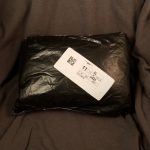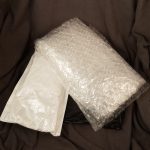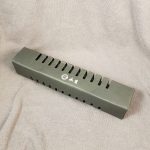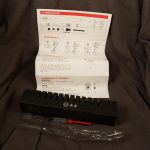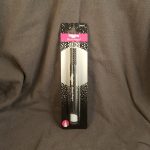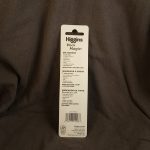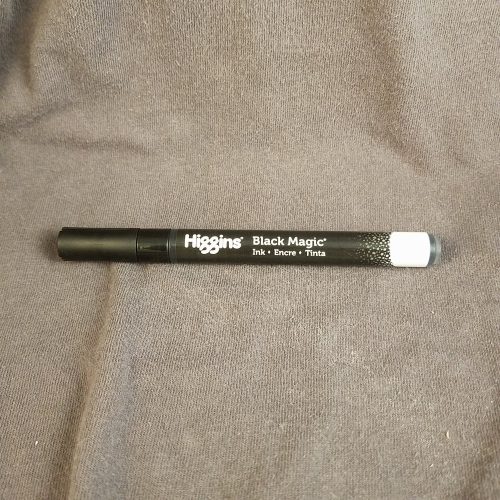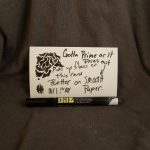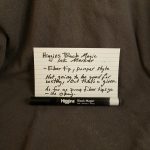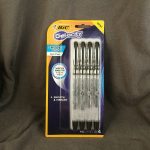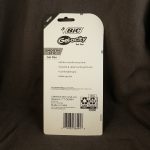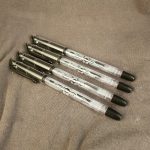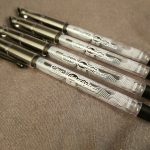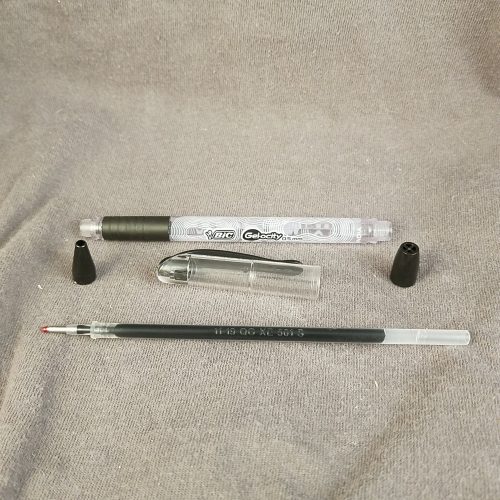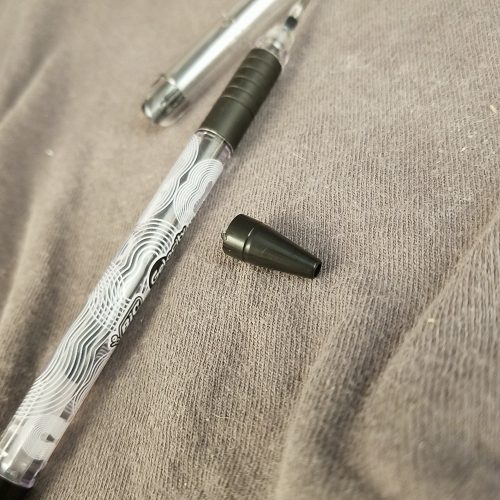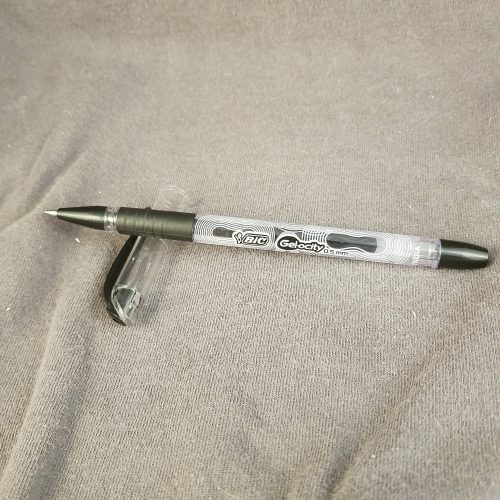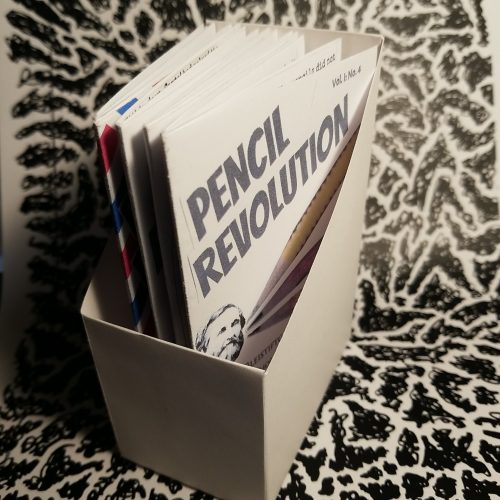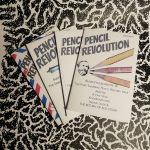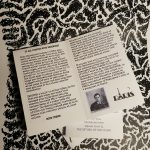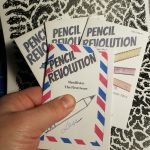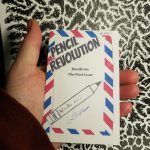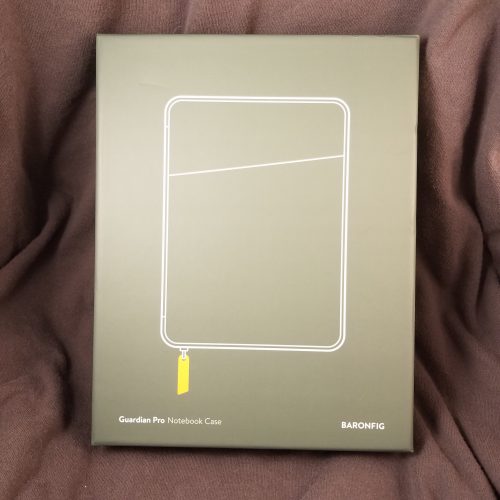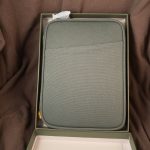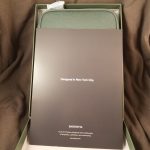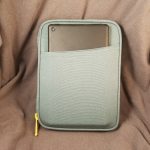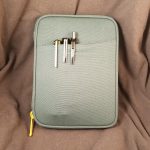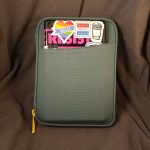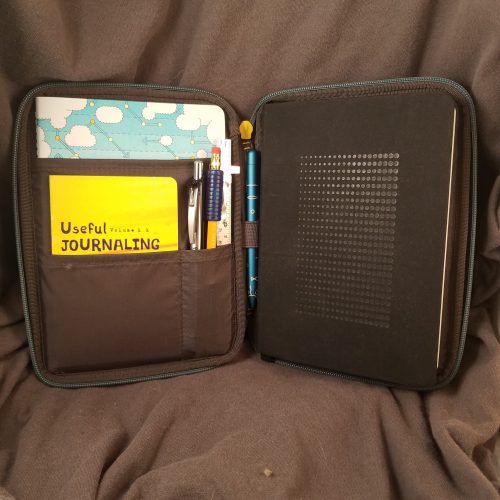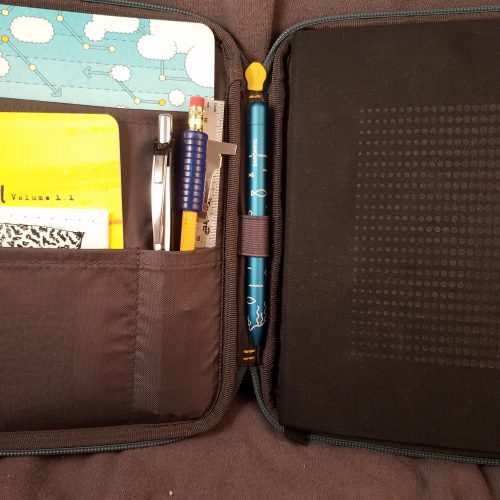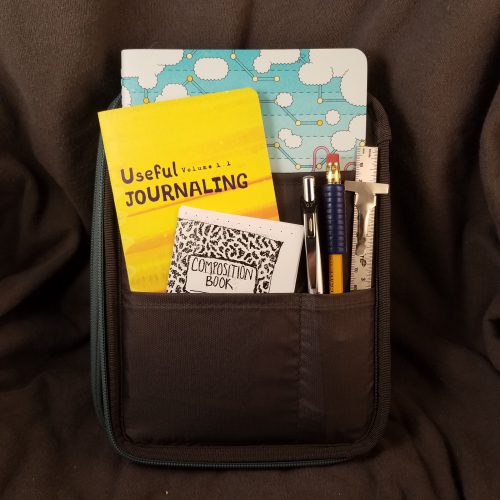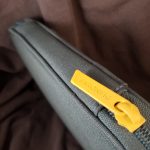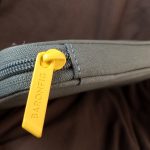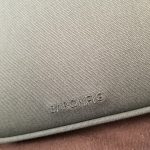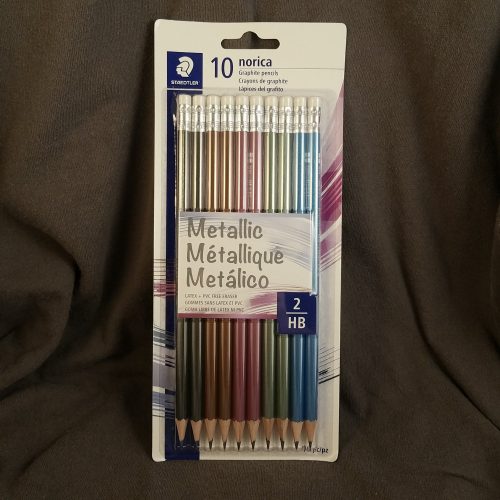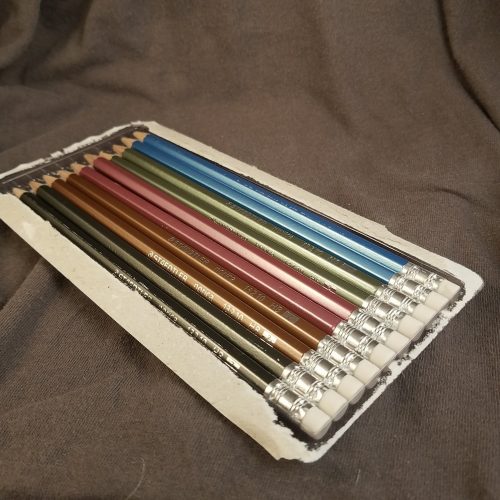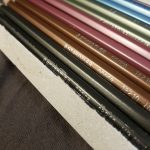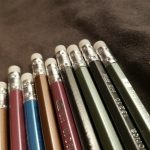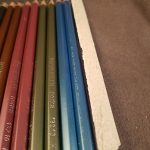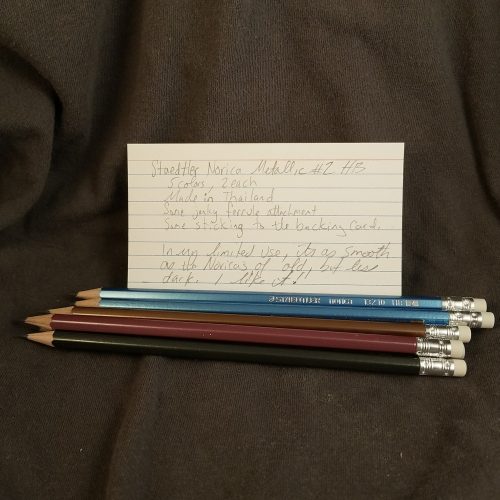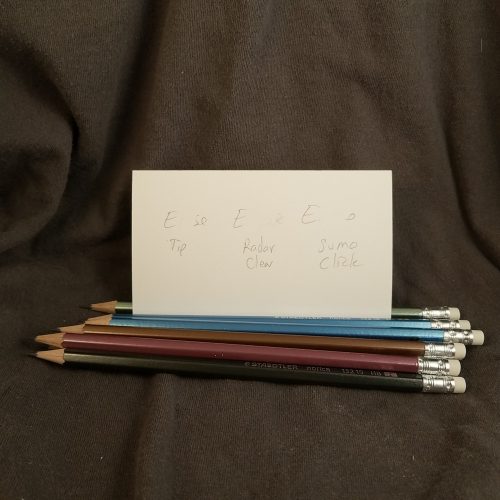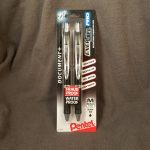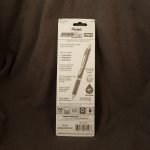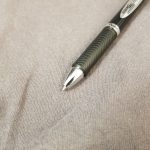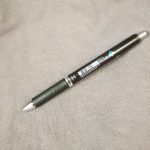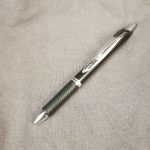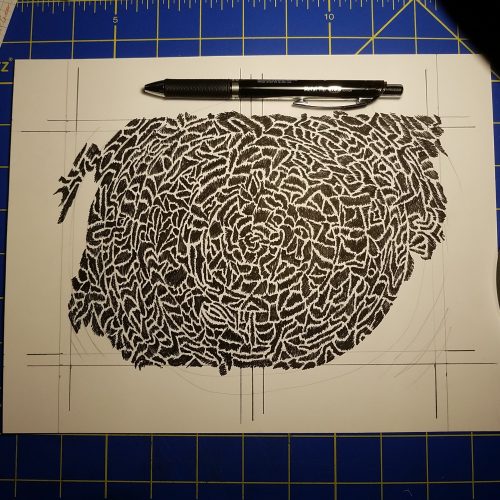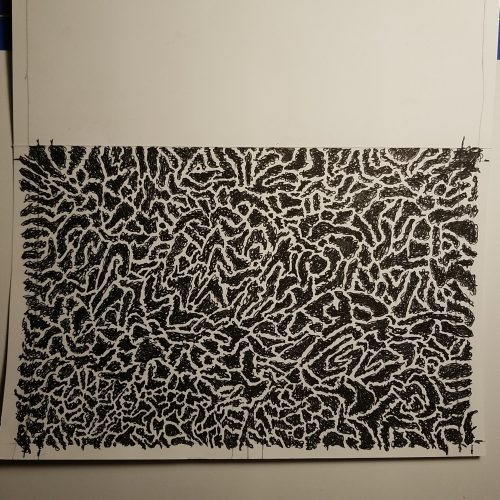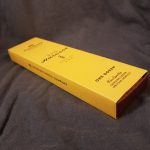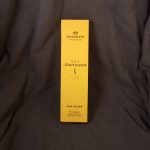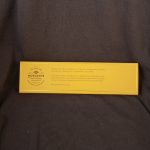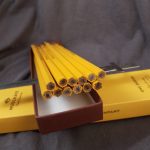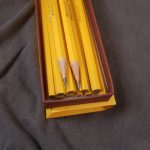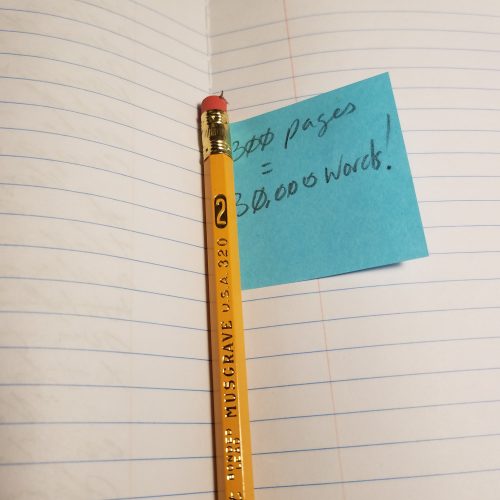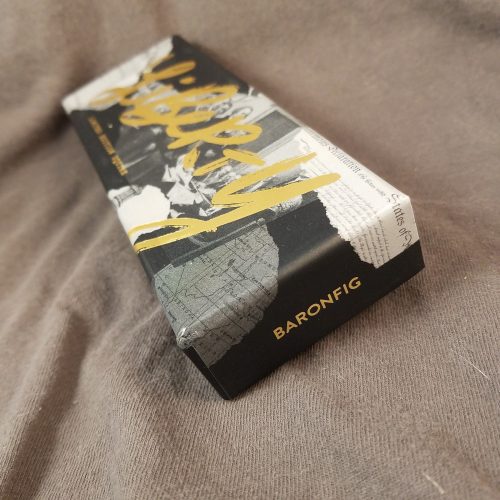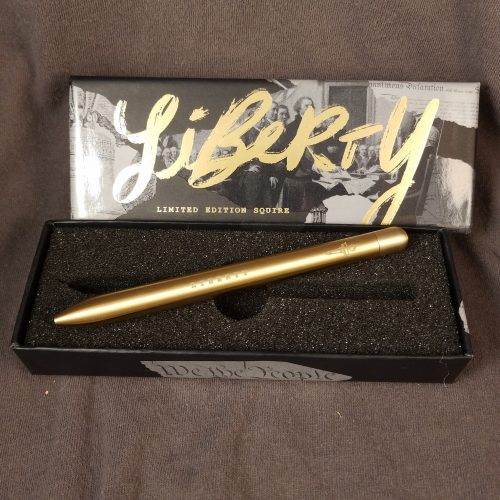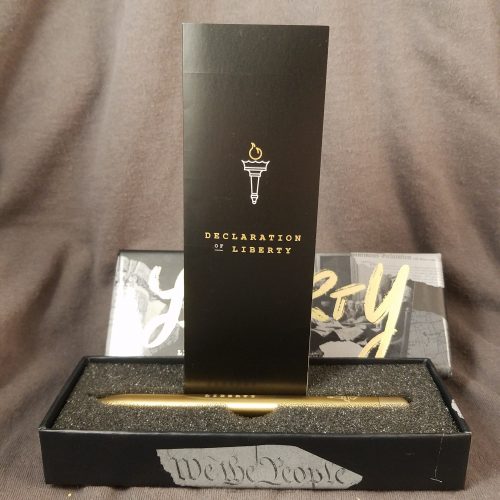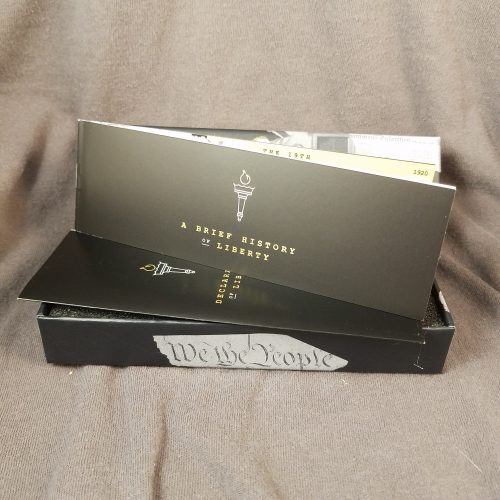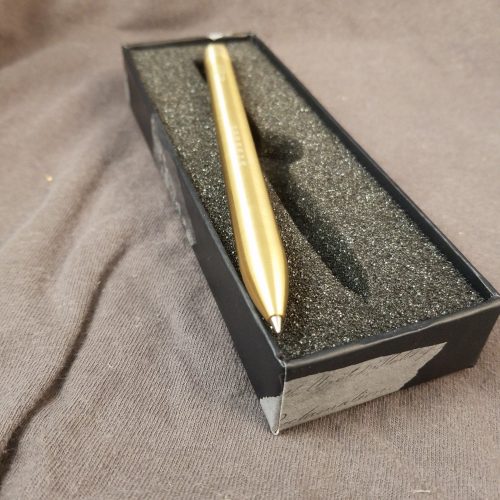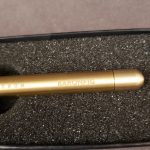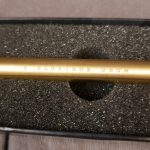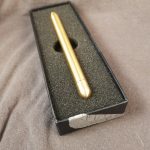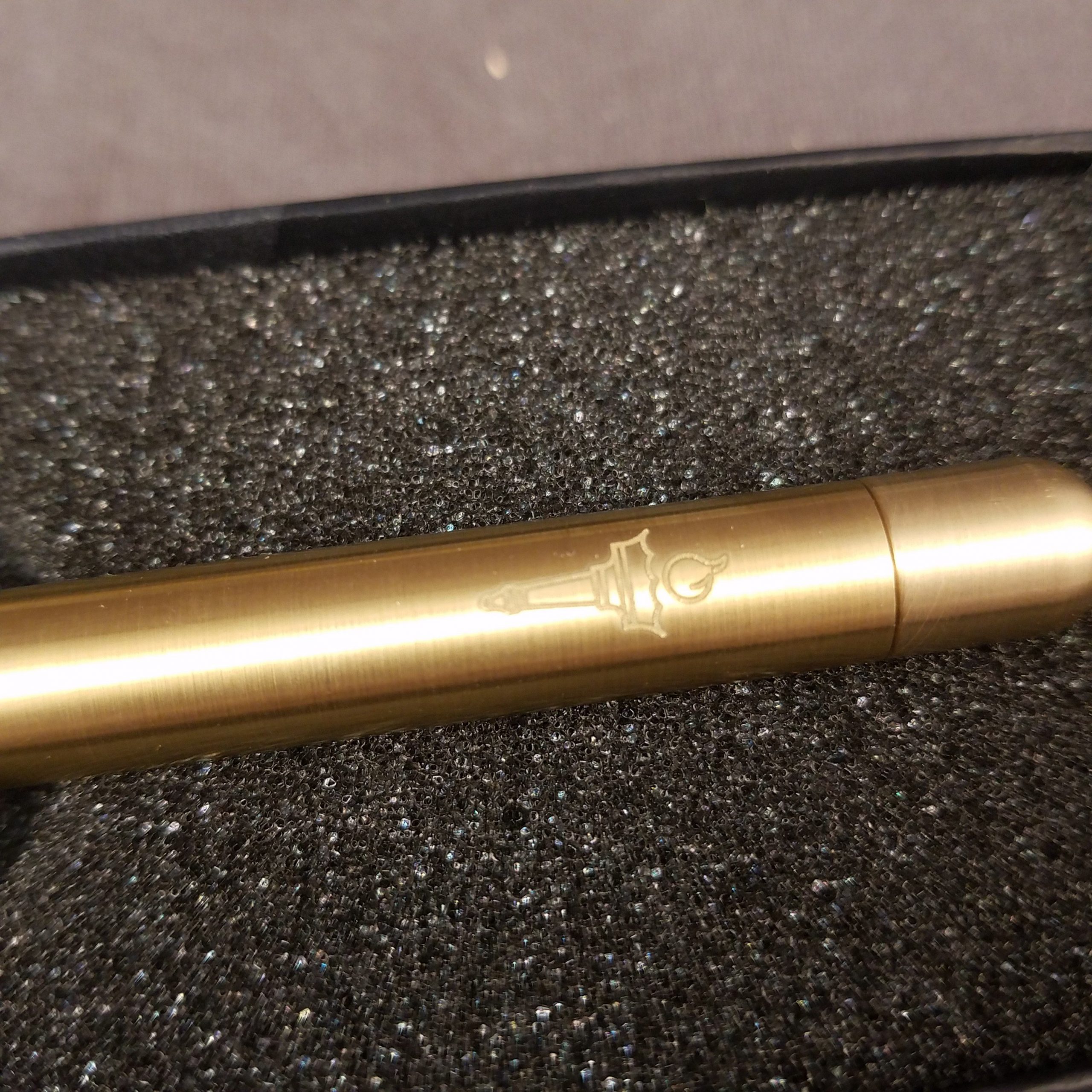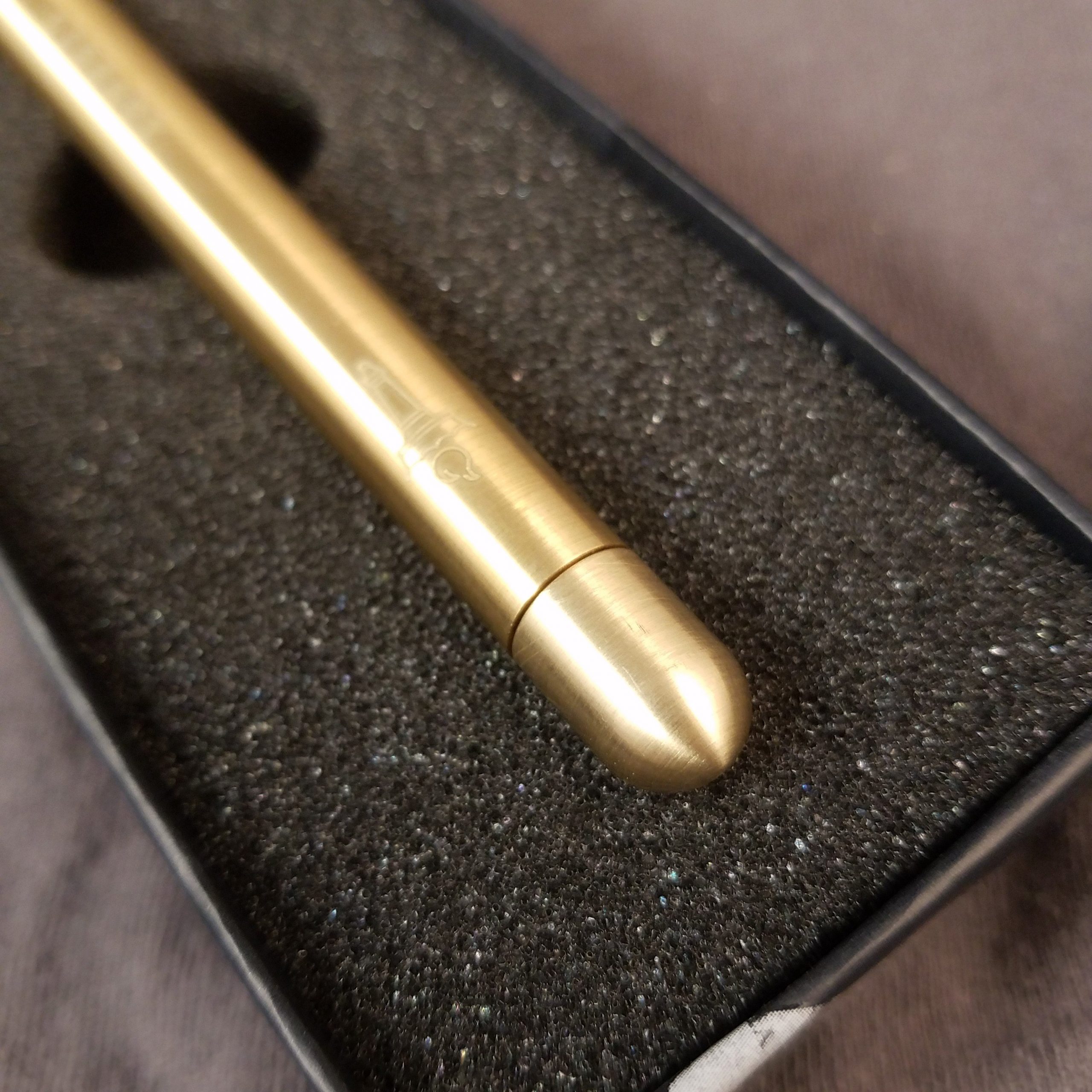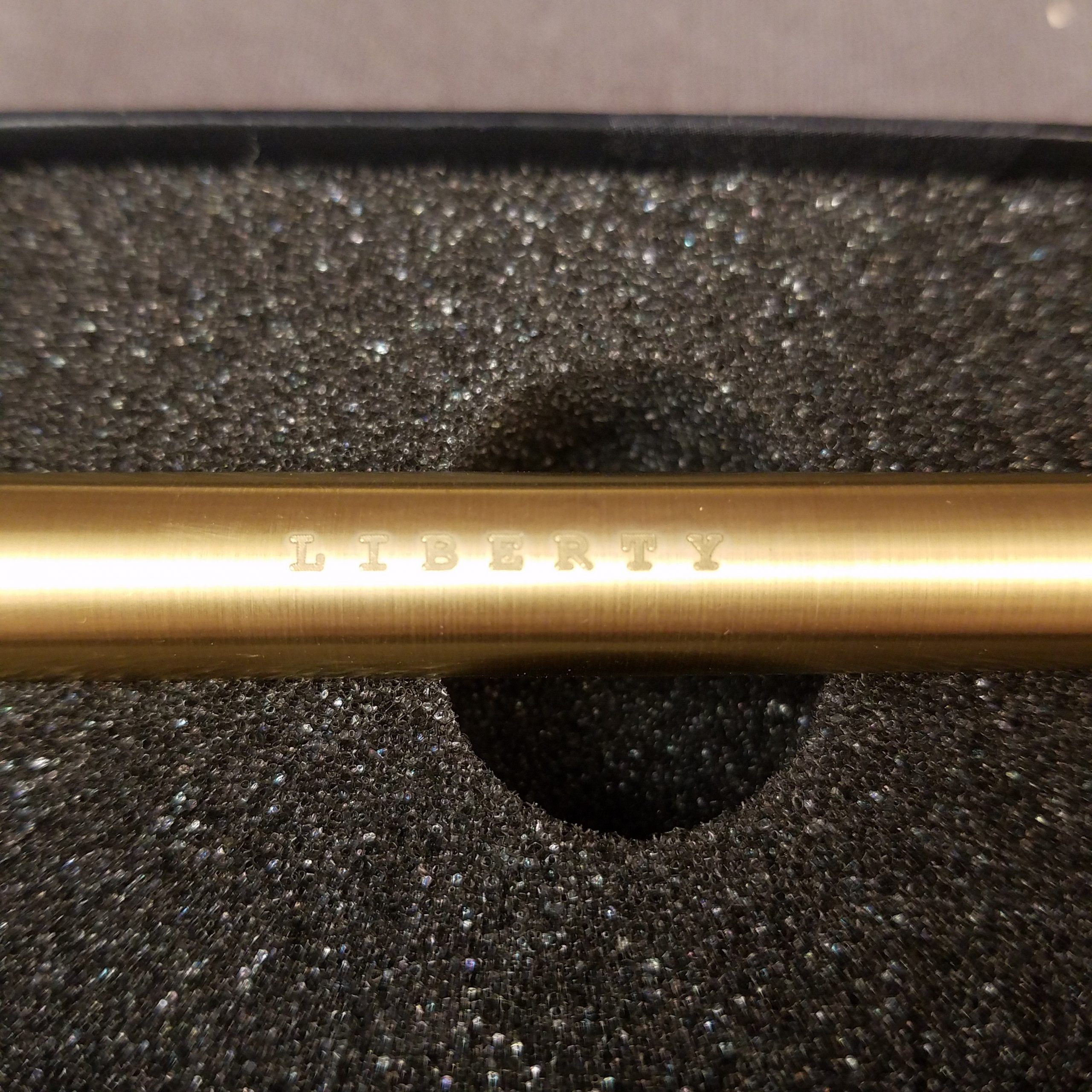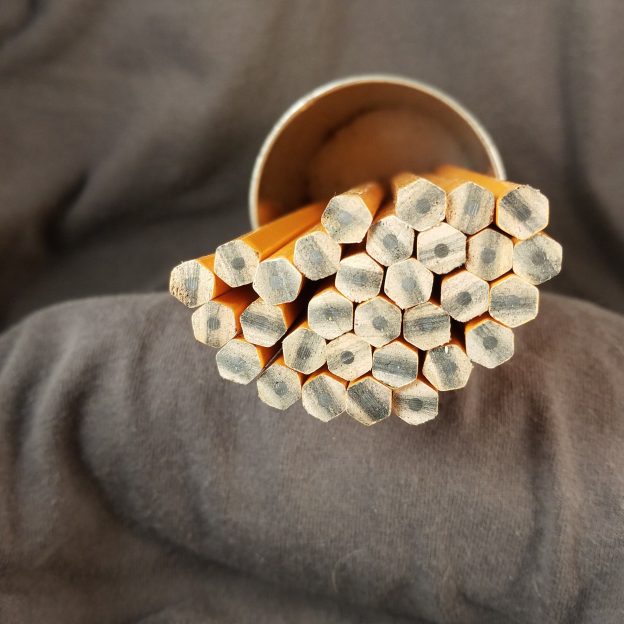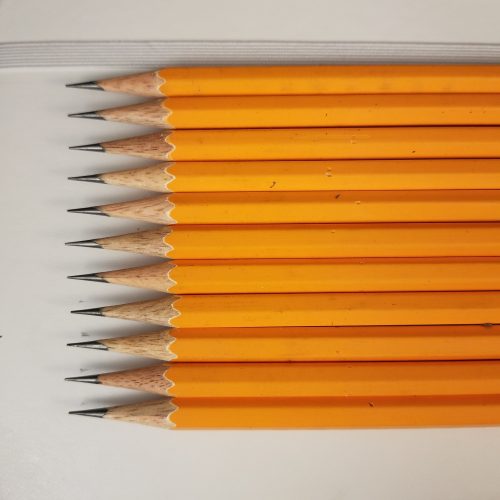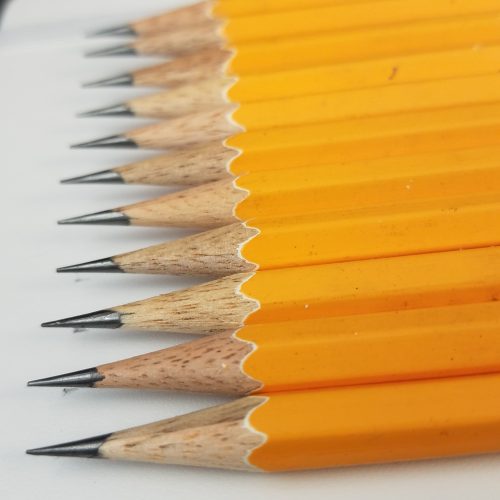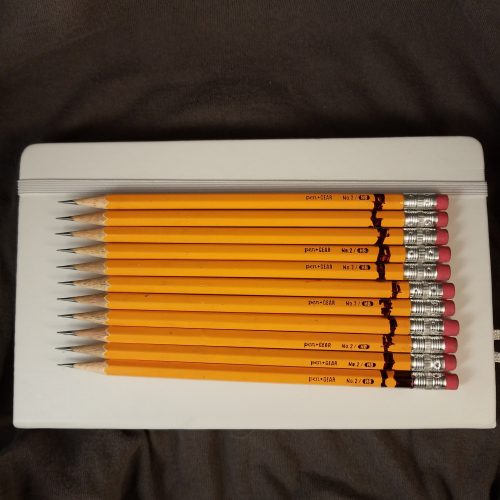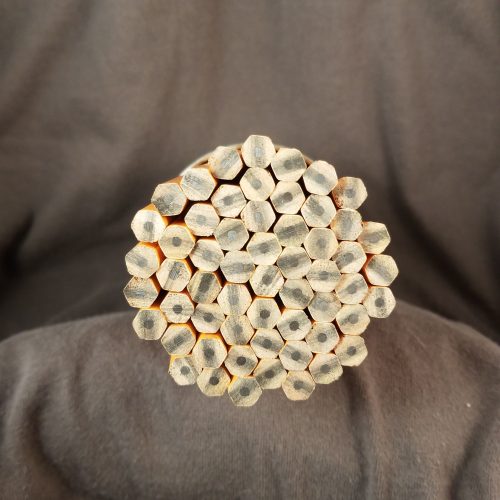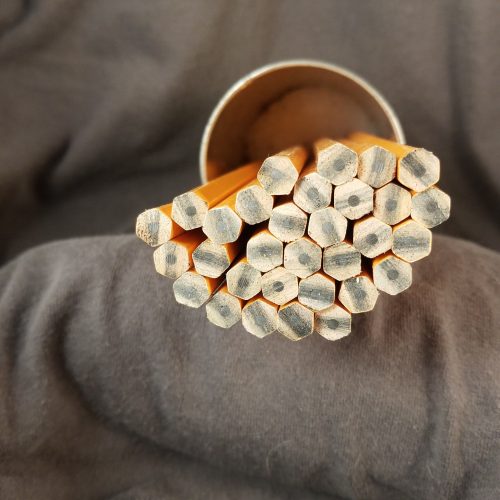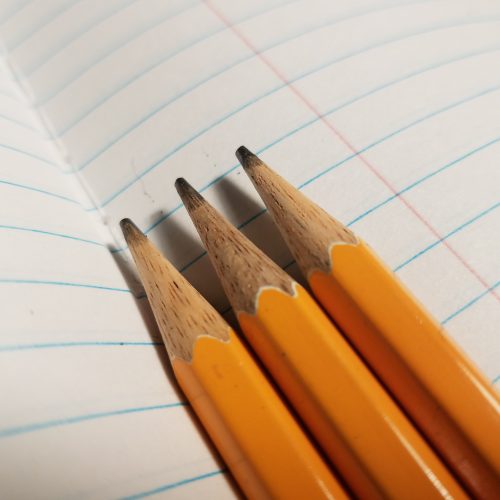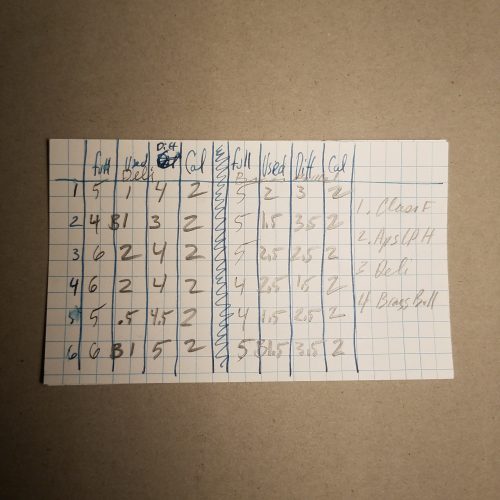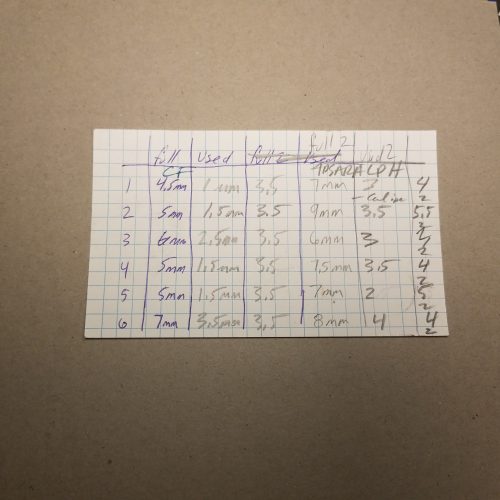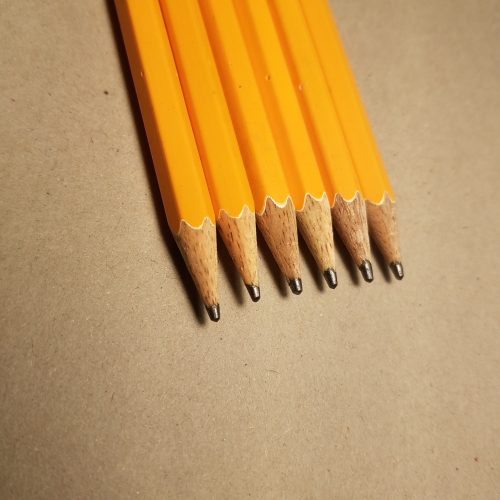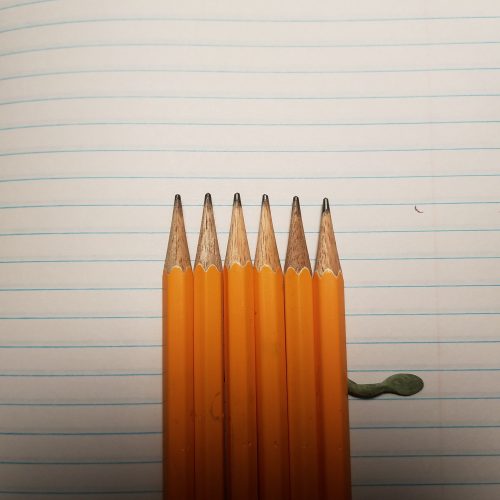The 601 is a classic knock off pen- it’s a direct rip off of the Parker 51 with a vacummatic filler from the 40s. This doesn’t make it bad, it simply is. Since it is a direct translation it’s not a bad look at all.
We have discussed at length my love and adoration of demonstrator pens. I love to see the ink sloshing about and the inner workings of the pen. I managed to snag a clear version of this pen. It has a brushed stainless steel cap which has a little pearlized finial cap. The cap has that classic arrow clip, which is cool but also too small for this sized cap. It seems dainty and weak. That said my clip is plenty sturdy and has survived sliding in and out of the outer pocket of my Guardian pro for a month without any signs of fatigue. The cap slides on and off with some oomph but the fingers inside can be adjusted with a skewer. (Others have explained this far more easily than I can.)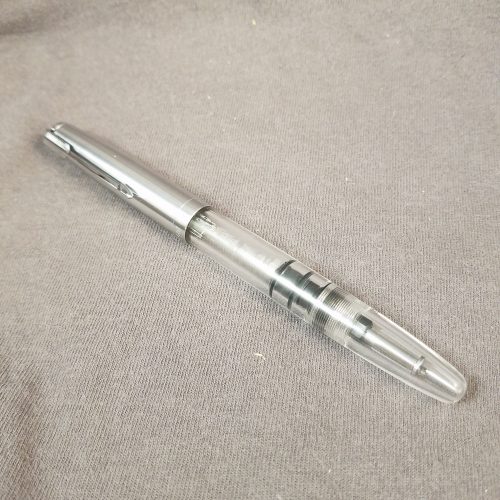
The vacuum portion of the pen works really well, you depress the spring loaded plunger a few times and it sucks up a whopping 1.5 ml of ink. This baby is an ink tank. My mechanism worked flawlessly with each of the 3 fills I’ve done thus far. The blind cap screws on and off with ease, and with another model of this pen, you could barely detect that the cap was there. You can use a little hex tool to remove the plunger for a full and complete cleaning. 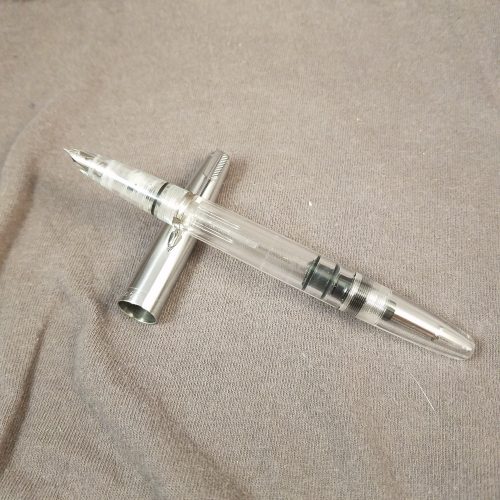
This nib on mine was perfect right out of the box. It’s a smooth and decent writer that is just right in terms of ink flow. Mine did take a little adjustment to get the nib to line up perfectly with the hooded grip section. That was easily adjusted before I inked the pen.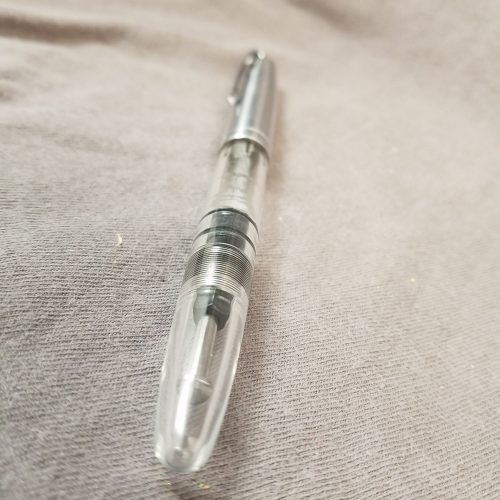
This pen posts deeply and tightly enough that the cap does not work itself loose as I write.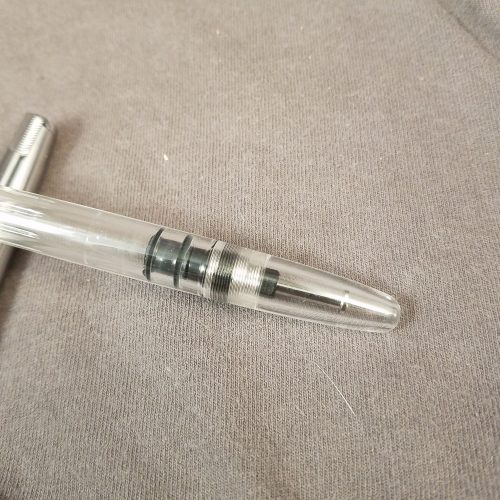 There are lots of things to love and hate about this pen. Sure it’s a cheap knock off of a classic Parker pen, but that is also a selling point. For $15 I can snag a fun new pen with an interesting filling mechanism. It is also a great writer. I’ve yet to have a Wing Sung pen with a bad nib (just jinxed it didn’t I?) this one was great out of the box. Add to that it holds a LOT of ink. 1.5ml is basically 3 large cartridges of ink. That’s a LOT of writing. Page after page even on the crappy absorbent paper I get at work. If you load this up with a nice black ink, you have a tremendous pen for sketching, and getting in some nice tight line work, because the nib is nice and fine.
There are lots of things to love and hate about this pen. Sure it’s a cheap knock off of a classic Parker pen, but that is also a selling point. For $15 I can snag a fun new pen with an interesting filling mechanism. It is also a great writer. I’ve yet to have a Wing Sung pen with a bad nib (just jinxed it didn’t I?) this one was great out of the box. Add to that it holds a LOT of ink. 1.5ml is basically 3 large cartridges of ink. That’s a LOT of writing. Page after page even on the crappy absorbent paper I get at work. If you load this up with a nice black ink, you have a tremendous pen for sketching, and getting in some nice tight line work, because the nib is nice and fine.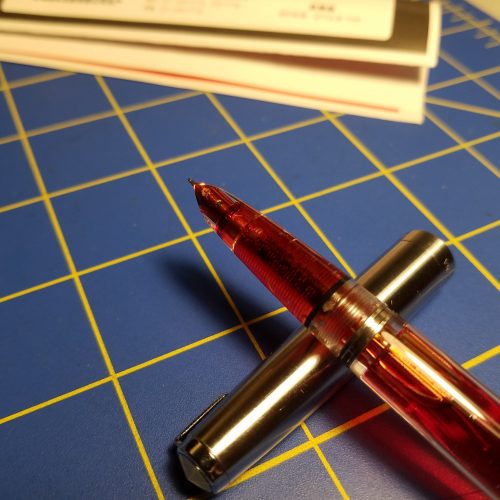
No at just south of $16 this isn’t the best historical knock off deal out there, the Jinhao 51A is, but this might be the most fun Wing Sung in existence.
(20201125 Edited for accuracy: Thanks to eagle eye reader Jerry Y who spotted that this is a Wing Sung not a Jinhao. I have a Jinhao on order and in shipping still. Honestly though. I own too many Wing Sung pens to have made that mistake. I mean, duh, the box alone. Sigh I need more coffee.)
This pen was purchased with Ko-fi funds. If you enjoy this kind of review, feel free to hit that button on the sidebar and send me some coffee.
